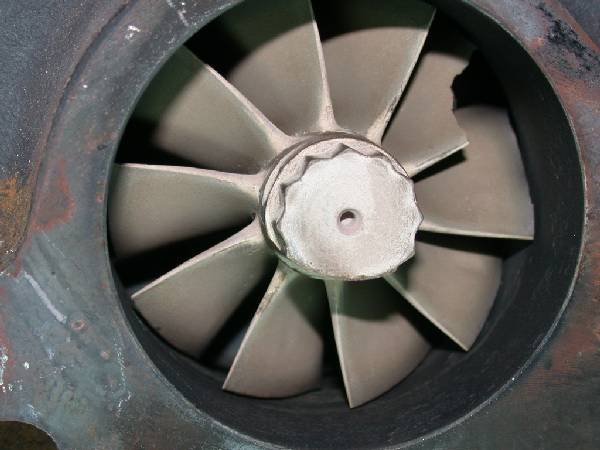Common Issues with Turbochargers: Boost Leaks, Compressor Surge, and Turbine Shaft Play

Introduction
Turbochargers have become an integral part of modern automotive technology, providing increased power and efficiency to internal combustion engines. However, like any mechanical component, turbochargers are prone to certain issues that can affect their performance and longevity. In this article, we will discuss three common problems that can occur with turbochargers: boost leaks, compressor surge, and turbine shaft play.
1. Oil Leaks
- Oil leaks are a common problem with turbochargers and can occur due to worn seals, gaskets, or damaged oil supply lines.
- Leaking oil can lead to insufficient lubrication of the turbocharger components, resulting in premature wear and potential failure.
2. Turbocharger Shaft Play
- Excessive shaft play in the turbocharger’s compressor or turbine wheel indicates worn bearings or shaft seals.
- Shaft play can lead to performance issues such as reduced boost pressure, increased turbo lag, and potential contact between the turbine and compressor wheels.
3. Compressor Surge
- Compressor surge occurs when airflow reverses direction within the turbocharger’s compressor housing, causing pressure fluctuations and compressor wheel damage.
- This issue often manifests as a fluttering or chattering noise during acceleration and can lead to decreased engine performance and potential compressor wheel failure.
4. Turbo Lag
- Turbo lag refers to the delay between pressing the accelerator pedal and experiencing a noticeable increase in engine power.
- Turbo lag can occur due to factors such as insufficient exhaust gas flow, improper turbo sizing, or inadequate boost control.
5. Boost Pressure Problems
- Irregular boost pressure can result from various issues, including wastegate malfunctions, boost leaks, or faulty boost control solenoids.
- Low boost pressure can lead to reduced engine performance, while overboost conditions may cause engine knock, detonation, or even component failure.
6. Oil Coking
- Oil coking occurs when high temperatures cause engine oil to degrade and solidify within the turbocharger’s oil passages.
- This can restrict oil flow, leading to inadequate lubrication and cooling of turbocharger components, ultimately resulting in premature wear and failure.
7. Foreign Object Damage (FOD)
- Foreign objects such as dirt, debris, or metal particles can enter the turbocharger’s intake or exhaust sides, causing damage to the compressor or turbine wheel.
- FOD can result from a lack of proper air filtration, poor maintenance practices, or operating in dusty or debris-laden environments.
8. Exhaust Gas Temperature (EGT) Issues
- Excessive exhaust gas temperatures can occur under high-load or high-boost conditions, potentially causing damage to the turbine housing, turbine wheel, or exhaust valves.
- EGT issues may result from inadequate cooling, improper fueling, or engine tuning issues.
9. Coolant Leaks
- Turbochargers equipped with water-cooling systems can develop coolant leaks due to damaged hoses, seals, or corrosion.
- Coolant leaks can lead to overheating of the turbocharger and associated components, resulting in reduced performance and potential failure.
10. Wastegate Failure
- Wastegate failure can occur due to mechanical issues, such as a stuck wastegate valve or worn actuator.
- A malfunctioning wastegate can lead to improper boost control, overboost conditions, or decreased engine performance.
Addressing these common issues promptly through proper maintenance, regular inspections, and timely repairs can help ensure the longevity and reliability of turbocharged engines. Regular servicing by qualified technicians and adherence to manufacturer recommendations are essential for preventing and mitigating turbocharger problems.
